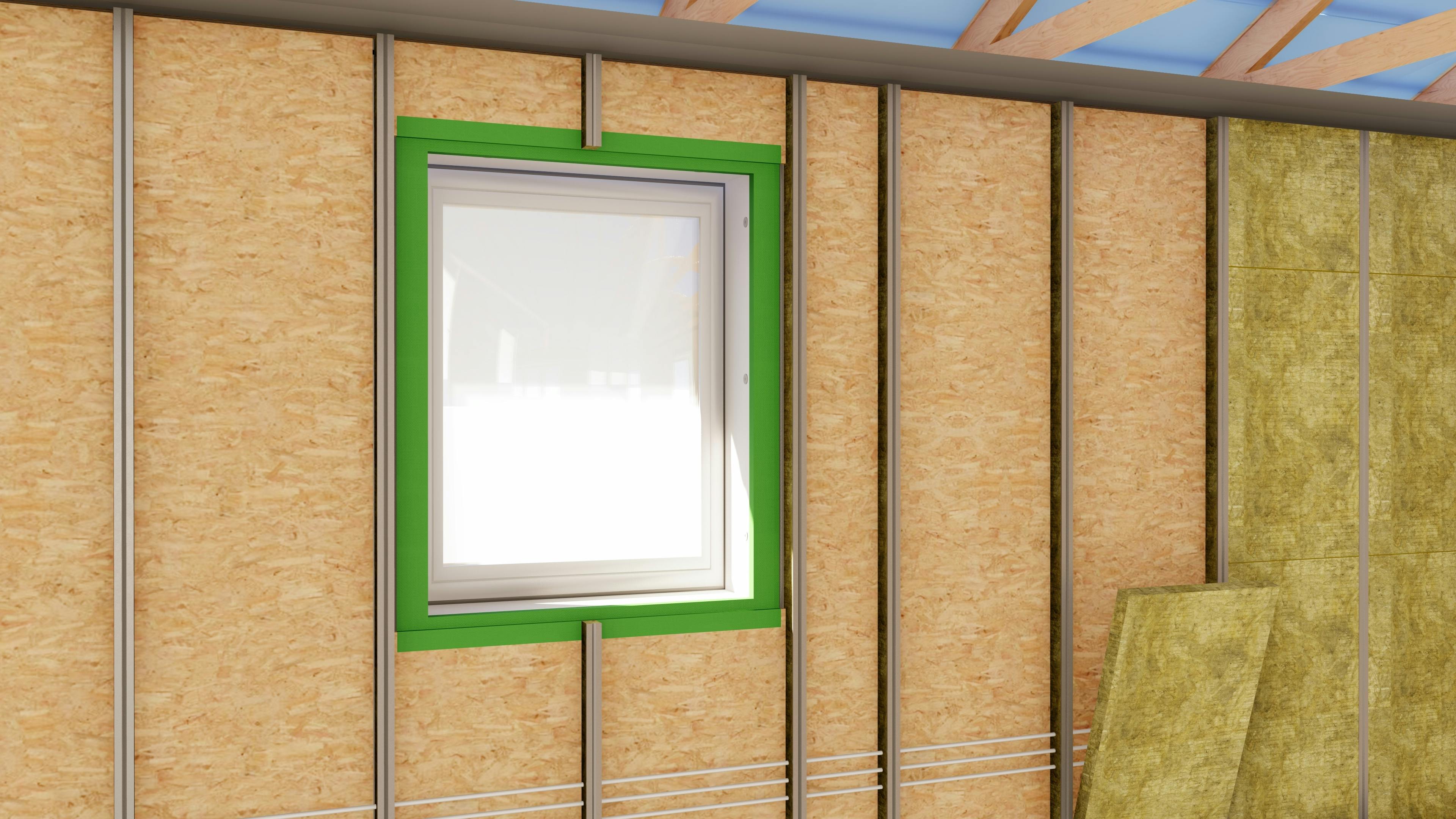

Internal wall insulation can be used in both commercial and residential properties to improve indoor comfort and boost energy efficiency.

Introducing high quality interior wall insulation is one of the best ways to prevent loss of circulated cool air, protect against fire risks, and improve acoustic capabilities.
It improves energy performance and creates a comfortable home or working environment suitable for all types of internal walls:
Applications can be easier and more accessible for certain properties, such as flats. They also have no impact on the external appearance, such as with dry lining walls where the insulation can be installed before the cladding, which is then painted over.
For separation and partition walls, they improve the soundproof qualities between rooms and properties.
Benefits of ROCKWOOL internal wall insulation include:
The amount required, and the precise cost to install, will depend on the size of your property, the thickness of its walls, and how many are being insulated.
With dry lining often done to increase the living comfort the insulation thickness is mostly limited to 50-100mm. Naturally, you can always use a local U-value calculator in case you want to further increase the thermal performance of the wall.
Insulating the separation wall between dwellings will save on the energy bill as it will prevent heat transfer from one to the other.
To save time when determining the acoustic and fire performance, we have relevant reports available at local subsidiaries, meeting country-specific requirements, and building traditions.
Use our ROCKWOOL U-value calculator to determine the thermal performance of the building’s walls and possible cost savings. For more details on technical specifications, visit our ROCKSPEC Specification Toolkit.

Our products are suitable for improving the thermal, acoustic and fire properties of three main types of wall:
Utilising the seven strengths of stone, ROCKWOOL applications for internal wall insulation are2:
Property developer Keywest 3 transformed an office complex into 43 modern apartments and duplexes overlooking the River Tyne in South Shields, UK.
The developer wanted to minimise any sound transfer between the Manhattan-style properties that could disturb residents.
After initially selecting 50mm glass wool insulation for internal walls, the company switched to ROCKWOOL stone wool insulation for its improved acoustic performance.
The ROCKWOOL Sound Insulation Slab was chosen after a site visit and sound box demonstration. The solution exceeded current building regulations – providing a protective sound and fire-safe cocoon for each apartment.
The developer decided to install 100mm of insulation per wall leaf, doubling the 50mm that met its standards. This resulted in apartments with exceptional thermal, sound and fire credentials.

There are a few different methods of interior wall installation. The method of installation will vary depending on your chosen type:
Key tips:
This case study bundle includes:
ROCKWOOL internal wall insulation is focused on sustainability and enhancing the energy efficiency of buildings.
Our products are made from one of the most abundant natural resources on our planet – rock – with the earth producing 38,000 times more stone than we use annually to create stone wool.3

It’s not just energy consumption that our internal wall applications aim to tackle, of course. Noise pollution is a major challenge in the modern world and the acoustic capabilities of our insulation work towards reducing this – creating comfortable and sustainable living.
Find out more about our commitment to sustainability.
Grants, sustainability schemes and refunds may be available through tax reductions or incentive schemes for properties meeting specific criteria. Contact our local offices for more information.

[1] WHO Housing and Health Guidelines - https://www.ncbi.nlm.nih.gov/books/NBK535294/
[2] https://www.rockwoolgroup.com/why-stone-wool/